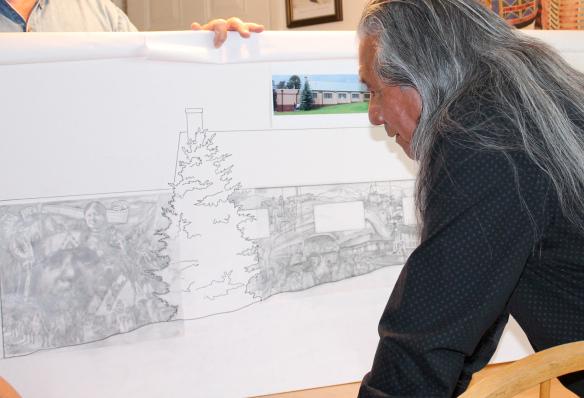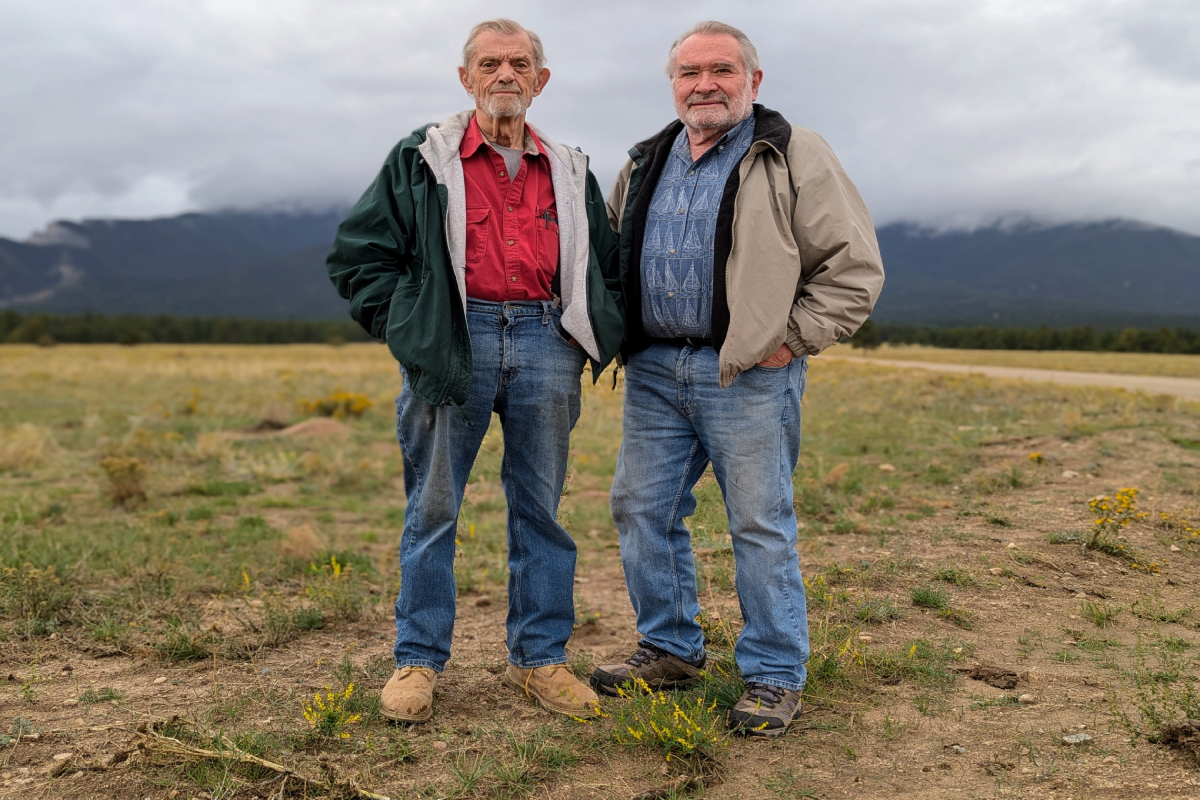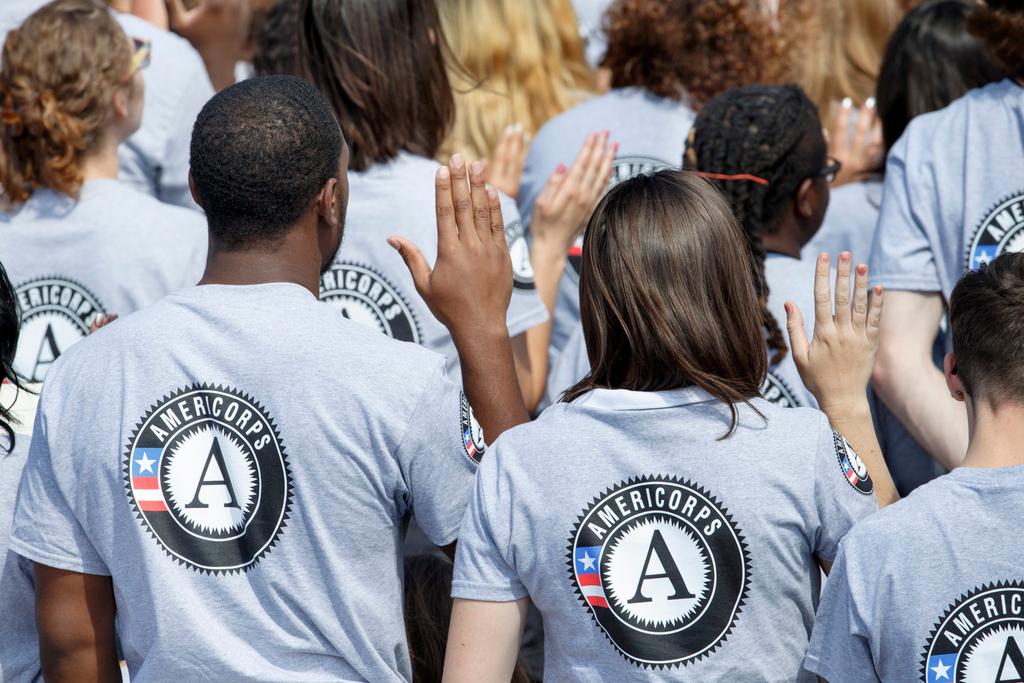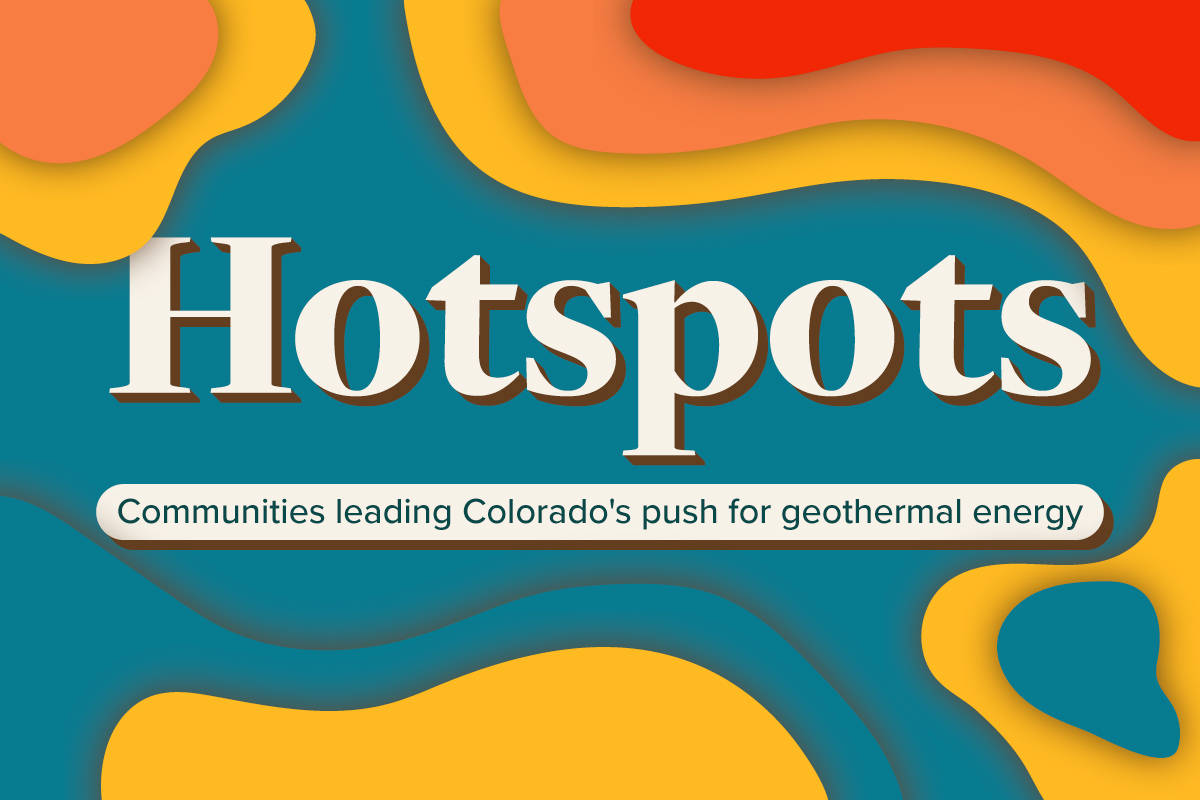
The history of the Woodland Park, a city of just over 7,000 residents in the Pikes Peak Region, began with the Ute Indians.
The story continues with familiar stories of European settlers and their interests in logging, railroads and rodeo. But Woodland Park's past will soon be depicted in paint on a massive, 145-foot mural spanning the east wall of the Ute Pass Cultural Center.
The Woodland Park Arts Alliance approved the installation of the $20,000 mural at a meeting last week, along with embedded barcode (also known as “QR Code”) technology to enable visitors to explore the city’s past by waving their smartphones at different sections of the artwork.
People will be able to use their phones to connect to short videos that augment the stories depicted in the mural.
“Introducing young people to the story of their town is important,” says Scott Stearman, Woodland Park Arts Alliance/Creative Arts District board member and chairman of the mural committee.
“Our planned use of QR codes allows us to introduce the stories of our past through the technology of our future. I can imagine children running from section to section to discover the next movie that will tell them about that portion of the mural.”
Stearman says that the WPAA is in the early stages of partnering with Woodland Park High School to involve students in the research and development of the QR Code storytelling.
Meanwhile, after a call-out to artists in the region, the committee selected portrait artist, illustrator and 18-year Woodland Park resident Lois Sprague to design and paint the mural.
“We were impressed with her talent and commitment a process to ensure historical accuracy that we commissioned her to do a concept drawing,” Stearman says. “Her initial design assured us that she was the right artist for this project.”
Sprague’s design spans hundreds of years and includes images of the Ute people, the Ute Pass wagon road, sawmills and the first rodeos which were held inside circles of cars.
The artist researched the project in collaboration with the Ute Pass Historical Society and Rolland McCook, the great-great grandson of Ute Chief Ouray and Chipeta. McCook’s likeness is being used as a model for the Ute Indian portrait that will anchor the south end of the mural.
Sprague also consulted with the Ute Pass Historical Society for historical research and images.
“Our goal for this project is to not only create something that is beautiful to look at, but also to tell our story,” Stearman says.
The WPAA is in the process of fundraising for the project. The organization is developing a Kickstarter Campaign to raise funds from the middle of March to the middle of May. The City of Woodland Park and the Historical Preservation Committee have contributed $3,600 towards the effort already and have promised an additional $3,000 in funding.
Sprague hopes to start work on the mural in June and to unveil the finished piece during National Arts Month in October.
Stearman says that the mural and digital interface will be maintained initially by the Woodland Park Arts Alliance and eventually reside with the City of Woodland Park.








